Constructed in 1711, the White Cloth Hall on Kirkgate is the first of four halls built over the last three centuries for the sale of undyed cloth, and one of only two halls that remain standing to this day in the city.
Yet after years of changes in use, by 2010 the Grade II listed building had fallen into a state of disrepair, leading to its partial demolition. However, all hope was not lost for this Leeds landmark.
Thanks to years of campaigning for its preservation and renovation, restoration works began in 2019 after it Leeds City Council granted Rushbond Group permission to save the structure.
Now, with a blend of new and old features, the building stands strong on Kirkgate and remains an iconic part of Leeds’s history. Read the full story of the historic First White Cloth Hall below.
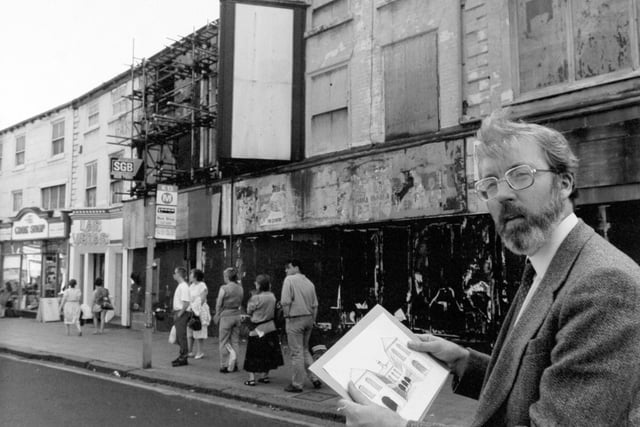
1. Only two White Cloth Halls remain standing
The First White Cloth Hall on Kirkgate was built in 1711 for the sale of undyed cloth, a role successively taken on by the second, third and fourth White Cloth Halls. Today only the first and third survive. Pictured here is the chairman of Leeds Civic Trust, Dr. Kevin O'Grady, outside the hall in 1991. Photo: YPN
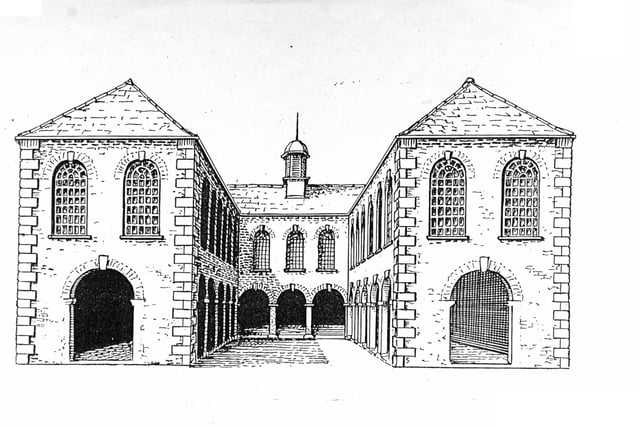
2. Originally built to prevent traders from moving to Wakefield
The hall represents the beginnings of the city’s wealth, through its successful cloth trade. It was originally built to dissuade traders from moving away to a new covered cloth hall in Wakefield. Here is an artist's impression of how the first Cloth Hall looked in 1710. Photo: YPN
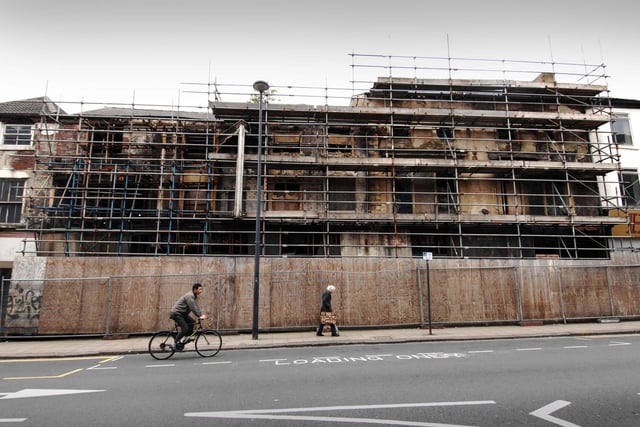
3. Completely disused by 2010
After a variety of other uses, by the 1980s the First White Cloth Hall was vacant. By 2010 it was completely disused and had fallen into a state of beyond poor disrepair. The Amusement Arcade in its eastern wing was still operational but the rest of the building was getting close to state of collapse. Photo: Simon Hulme
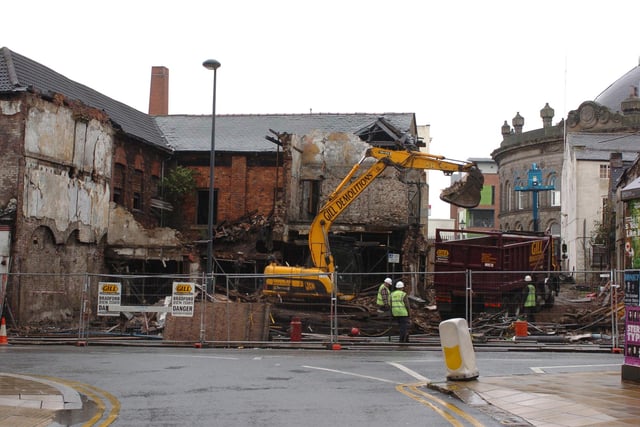
4. Parts demolished in 2010
A series of meetings with the City Council Planning Officers, the building owner Emco, and English Heritage, concluded that the western and southern sections of the building had to be demolished in 2010. Photo: Tony Johnson
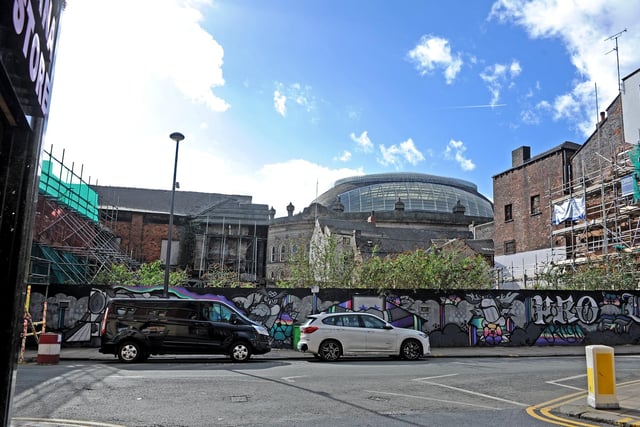
5. Work began to restore it in 2019
In March 2018, Leeds City Council granted Rushbond Group permission to restore the building. Rushbond Group are local property developers who bought the building over a year earlier. Photo: Tony Johnson
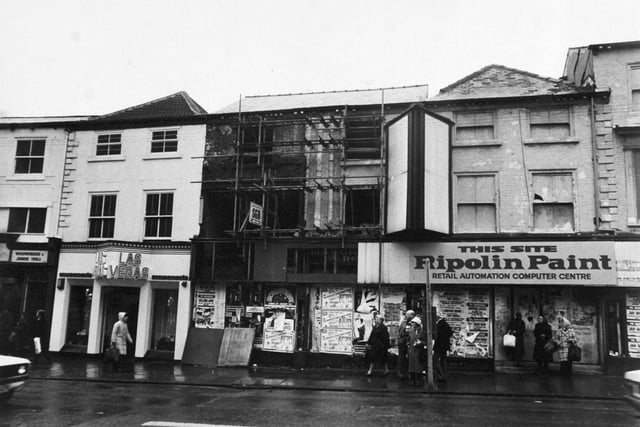
6. Original oak timber trusses saved
The original oak timber trusses, which play a significant part in the building’s heritage, were salvaged in the renovation and incorporated into the roof structure of the new build. Photo: YPN